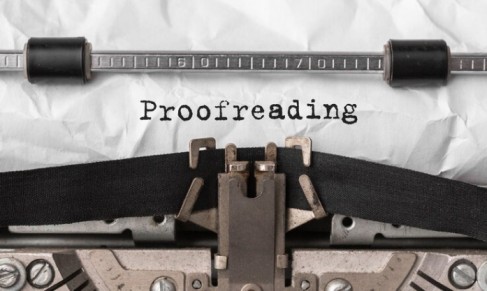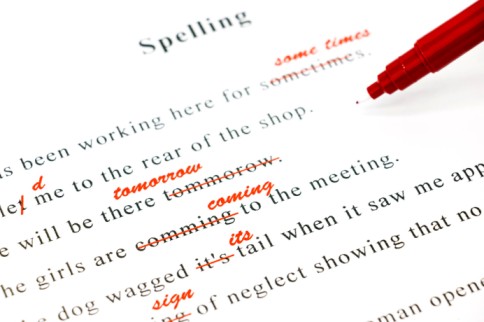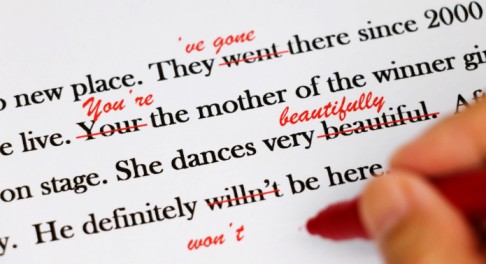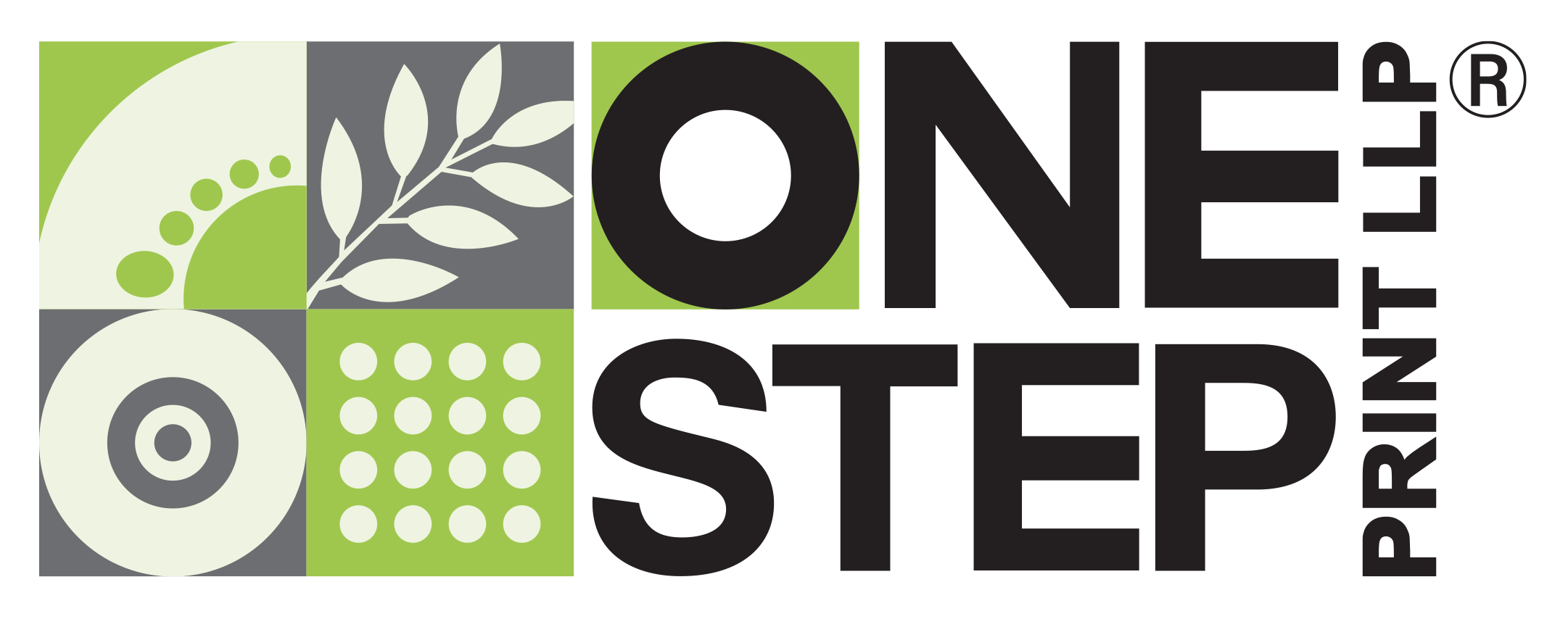PERFECT EVERY PAGE: 10 EXPERT PROOFREADING TIPS YOU NEED!

PROOFREAD, PROOFREAD, PROOFREAD – AND THEN PROOFREAD AGAIN!
We’ve all been there. Hours of research, countless words typed, and just as you hit publish, bam – a glaring spelling error in the first line. All that credibility? Gone.
How does this happen? Turns out, our brain’s internal spellchecker isn’t as reliable as we’d like. But don’t fret! We’ve gathered some killer tips to help you perfect your proofreading game and make sure your print is nothing short of flawless.
Do Sweat the Small Stuff!
Ever wondered why typos seem to jump out at you only after the print job is done?
The trick lies in altering how you view your work. Our brains often read what we think we wrote, not what’s actually on the page.
The secret to top-notch proofreading? Fooling your brain into thinking it’s seeing that text for the first time. Master this art, and you’ll catch every mistake before it goes to print.
The Basics of Proofreading

Start with your tech! Use your machine’s spell checker to catch simple typos. Just remember to set it to the right regional language – UK vs. US, because computers don’t always get it right. A printed dictionary is your trusty sidekick here.
Now, tackle your document in three stages:
Check for Completeness: Ensure all necessary information is included. For a flyer, this means dates and event details. For a brochure, check that all service explanations are thorough and complete.
Read Aloud: Hearing your text helps spot awkward sentences and errors. Pay attention to verb tenses and make sure you’re not confusing first and third person.
Fine-Tune Details: Look closely at headers, footers, and any important numbers, dates, or names. These details often stand out but are easily missed.
Master these basics, and your proofreading will be on point!
Proofreading for Perfect Print

Read Backwards: Flip your text and read it from end to start. This trick focuses your attention on individual words, helping to spot those pesky spelling mistakes you might miss in normal reading flow.
Know Your Kryptonite: Identify your common errors—whether it’s confusing you’re with your or missing the ‘n’ in environment. Be extra vigilant for your personal slip-ups.
Change the Font: Altering the font style or size gives your eyes a new view, making it easier to spot mistakes that might blend into a familiar format.
Two Pairs of Eyes Are Better Than One: Enlist a friend or colleague to review your work. A fresh perspective can catch errors you might overlook.
Preview Your Work: Use the Preview feature on platforms like WordPress to see how your work will appear once published. It’s a great way to spot sneaky errors before they go live.
Print on Paper: Reviewing a printed version of your work can be surprisingly effective. It tricks your brain into seeing the text as new, helping you catch lingering mistakes.
Change the Margins: Adjusting your page margins alters the text layout. By narrowing or widening them, you’ll view your work in a fresh format, making it easier to spot errors.
Grammarly: Utilize Grammarly to streamline your proofreading. This extension catches mistakes and offers corrections, saving you time and reducing manual spotting.
Take Time Off: If you’re feeling fatigued, step away. A walk, a shower, or a nap can refresh your mind and reveal errors you might have missed before.
Thank Your Readers: Your readers can be invaluable allies. They’ll point out errors you may have overlooked, so appreciate their help—free proofreading is always a win!
Common Mistakes to Watch Out For:
Homophones: Words that sound the same but have different meanings and spellings can trip you up. Examples include right vs. write and deer vs. dear.
Silent Letters: Don’t forget those sneaky silent letters! Watch out for Febuary instead of February, or lisen instead of listen.
Adding an Ending: Adding or missing endings can change the meaning. Check for hopeing vs. hoping or submiting vs. submitting.
Missing Words: Small words like to, it, is, of, and a are often overlooked or misused.
Ordering of Letters: Common typos involve letters being swapped, like spelling weird as wierd.
Punctuation: Apostrophes can be tricky. They show possession (e.g., Peter’s ball) or replace missing letters in contractions (e.g., it’s or don’t).
Amalgamating Words: Keep words separate when needed, like a lot instead of alot.
Verbs: Match verbs correctly with subjects. Use I was and we were, not I were and we was.
Should of/Should Have: The correct form is should have.
Once your document is free of these errors and polished to perfection, it’s ready for print. Just find a print partner who can match your flawless proofreading!
Reach out to us today to start designing a stunning brochure that perfectly showcases your business. Our team is ready to bring your vision to life!
[Bulk Printing, Offset Printing, Commercial Printing, Printing Partner, Printing Service Provider, Printing Solutions, Printers For Corporates, Professional Printing, One Step Print LLP, Offset printer for bulk Printing, Printer Nearby, Proofreading Tips, Proofreading Techniques, Error-Free Print, Spelling Mistakes, Grammar Check, Editing Tips, Proofreading Strategies, Text Review Methods, Common Proofreading Errors, Print Perfection, Proofreading Checklist, Proofreading Tools, Improving Writing Accuracy, Proofreading Best Practices, Writing Mistakes]








